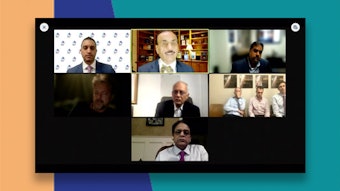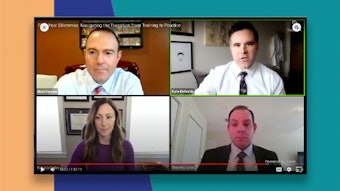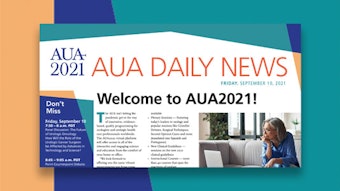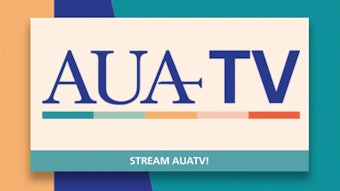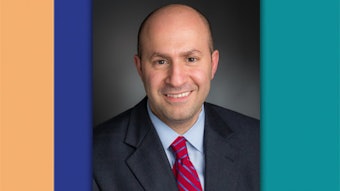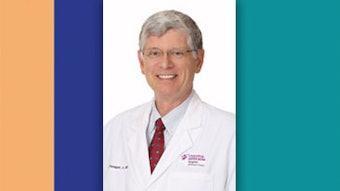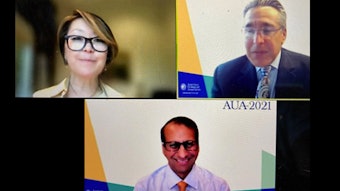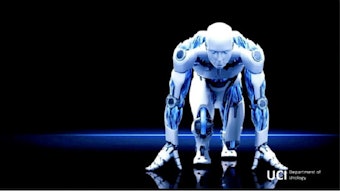Treating rare stones and complex cases
This instructional course offered treatment protocols and technology recommendations that extend beyond current guidelines.
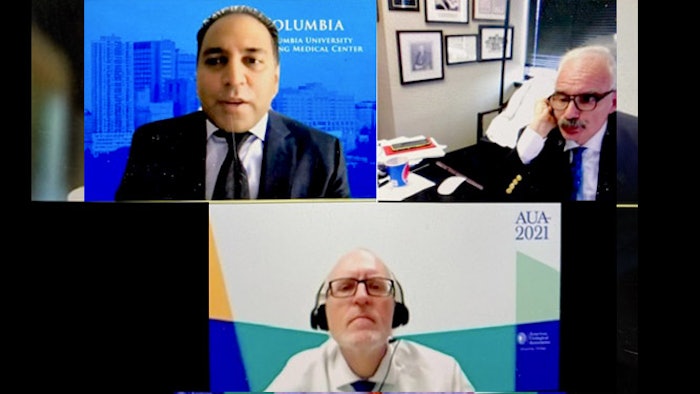
How do you manage complex stone patients with morbid obesity, rare stones or diet-related disease? What new laser technologies and next-generation ureteroscopes are available? These were just a few of the topics covered in Saturday’s instructional course, “The Surgical and Medical Management of Stones Guidelines: Update and Complex Cases.”
“This course provides updated literature and topics in the management of stone disease that may impact future guidelines,” said Ojas Shah, MD, who led the course instruction. In a case-based format, Dr. Shah, who is the George F. Cahill professor of urology at Columbia University Vagelos College of Physicians and Surgeons in New York, began with a discussion of treatment for a male patient with a 1.3-cm lower pole left kidney stone with a density of 1,100 Hounsfield units.
“Treatment of kidney stones is primarily by size and location, but other stone parameters have come into play, such as density, skin-to-stone distance and lower pole,” Dr. Shah said.
Dr. Shah recommended fragment and extraction for patients with smaller, harder stones and dusting for softer and larger stones. “Both techniques should be in your armamentarium,” he said.
Overall, Dr. Shad explained that he uses dusting more often than extraction for kidney stones because it offers reduced operating room times and less use of ureteric access sheath, which reduces the risk of ureter injury and offers a shorter time for a post-operative stent or no stent at all, and translates to a better quality of life for patients. Moreover, the complication rates are lower with dusting, making it safer for patients, he said.
Dean George Assimos, MD, the Anton J. Bueschen professor and chair of the Department of Urology at the University of Alabama at Birmingham School of Medicine and the co-director of the Office of Patient Experience, presented a case of a 56-year-old patient with recurrent brushite stones, which affect only 0.9% of patients.
“Patients who have brushite stones are more susceptible to recurrence. Typically, these patients will have increased calcium excretion and increased urine pH,” he said.
Dr. Assimos discussed ureteroscopic stone removal, which was the treatment his patient chose, and offered an assessment of the benefits and risks of using a ureteral access sheath to facilitate the use of flexible ureteroscopy.
“When you pass these access sheaths, limit insertion force with the ‘gentle hand principle,’” he said.
Why do kidney stones form in the first place? The majority of kidney stones are calcium oxalate, which affect more than 60% of patients with kidney stones, said course instructor John C. Lieske, MD, professor of medicine at the Mayo Clinic College of Medicine and director of the Renal Function Laboratory in the Department of Laboratory Medicine and Pathology. Creating a urine supersaturation laboratory profile of volume, pH, calcium, oxalate, citrate, uric acid, phosphorus, sodium, potassium, magnesium, sulfate and creatinine can get to the root cause.
“Supersaturation correlates with the stone type and risk of recurrence. Therefore, our job is to figure out what is causing kidney stones and how to best fix it,” Dr. Lieske said. Calculating the supersaturation of calcium oxalate, uric acid and calcium phosphate can be adjusted with dietary measures.
The instructional course also offered insight into the Thulium fiber laser for ureteroscopy, which offers pulse energy and ultra-high frequency (>2,000 Hz). “Thulium fiber laser is still new, so we don’t know long-term outcomes or complications, but it's promising,” he said, especially for dusting stones and tissue ablation.
Visit AUA2021 Daily News Online for more articles.


